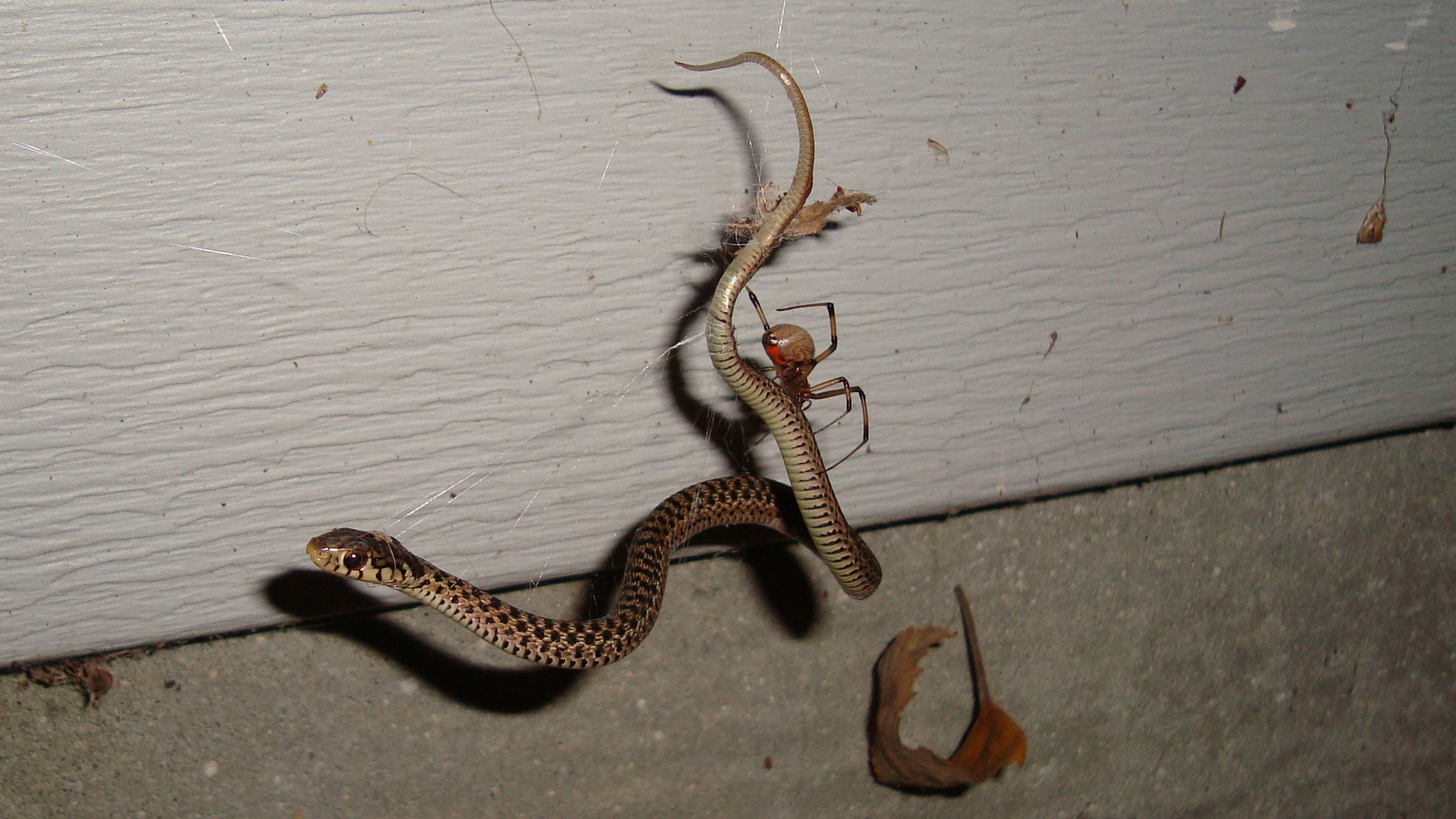
They found strong evidence that it had, but only in females. They then modeled evolution to test if natural selection had affected body size. komaci as a new species, now the largest web-spinning species known, and placed it on the evolutionary tree of Nephila. In the PLoS ONE paper, Kuntner and Coddington described N. Then a few years ago a South African colleague found a male and two females in Tembe Elephant Park, and it became clear that the specimens were indeed a valid new species. No additional specimens turned up among more than 2,500 samples from 37 museums. In 2003 a second specimen from Madagascar (in the Naturhistorisches Museum Wien in Vienna, Austria) suggested it was not a hybrid. Kuntner, Coddington and colleagues launched several expeditions to South Africa specifically to find this species, but all were unsuccessful, suggesting that perhaps the Nephila specimen, first collected in 1978, was a hybrid or perhaps an extinct species. "It was surprising to find a giant female Nephila from South Africa in the collection of the Plant Protection Research Institute in Pretoria, South Africa, that did not match any described species," said Kuntner, who first examined the specimen in 2000. All more recent descriptions turned out to be synonyms. Linnaeus described the first Nephila species in 1767, and Karsch described the last genuinely new Nephila in 1879. Past taxonomists collectively recognized 150 distinct Nephila species, but in his doctoral thesis, Kuntner recognized only 15 species as valid. Thousands of Nephila specimens that have been collected are in natural history museums. Giant golden orb weavers are common throughout the tropics and subtropics.

They are also model organisms for the study of extreme sexual size dimorphism and sexual biology. They make the largest orb webs, which often exceed 3 feet (1 meter) in diameter. Nephila spiders are renowned for being the largest web-spinning spiders. But for some well-known groups, such as the giant golden orb weavers, the last valid described species dates back to the 19th century.

More than 41,000 spider species are known to science with about 400-500 new species added each year. Only the females are giants with a body length of 1.5 inches (3.8 centimeters) and a leg span of 4-5 inches (10-12 centimeters) the males are tiny by comparison. Matjaž Kuntner, chair of the Institute of Biology of the Slovenian Academy of Sciences and Arts and a Smithsonian research associate, along with Jonathan Coddington, senior scientist and curator of arachnids and myriapods in the Department of Entomology at the Smithsonian's National Museum of Natural History, also reconstructed size evolution in the family Nephilidae to show that this new species, on average, is the largest orb weaver known. Larinioides cornutus has been primarily sighted during the month of May.The findings are published in the Oct. Larinioides cornutus has also been sighted in the following states: Alabama, Connecticut, Delaware, Georgia, Illinois, Indiana, Iowa, Kentucky, Louisiana, Maine, Maryland, Massachusetts, Michigan, Mississippi, Missouri, New Hampshire, New Jersey, New York, North Carolina, Ohio, Oklahoma, Pennsylvania, Tennessee, Texas, Virginia, West Virginia, Wisconsin. Larinioides cornutus (Furrow Orb-weaver) has been sighted in the following countries: United Kingdom, United States.


 0 kommentar(er)
0 kommentar(er)
